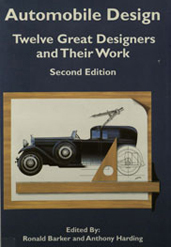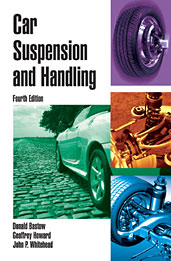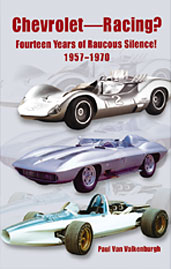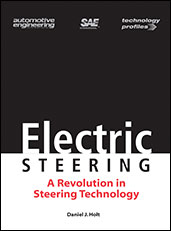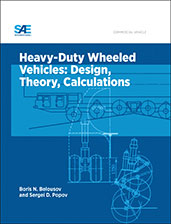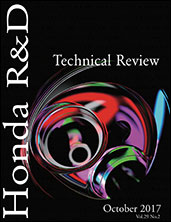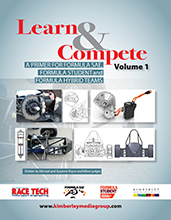Book
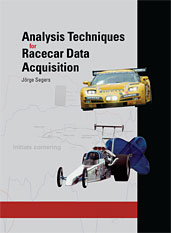
Analysis Techniques for Racecar Data Acquisition
2008-03-25
Data acquisition has become an invaluable tool for establishing racecar - and car/driver - performance. Now that the ability exists to analyze each and every performance parameter for car and driver, accurate use of this data can provide a key advantage on the racetrack. This book provides a thorough overview of the varied methods for analyzing racecar data acquisition system outputs, with a focus on vehicle dynamics.

